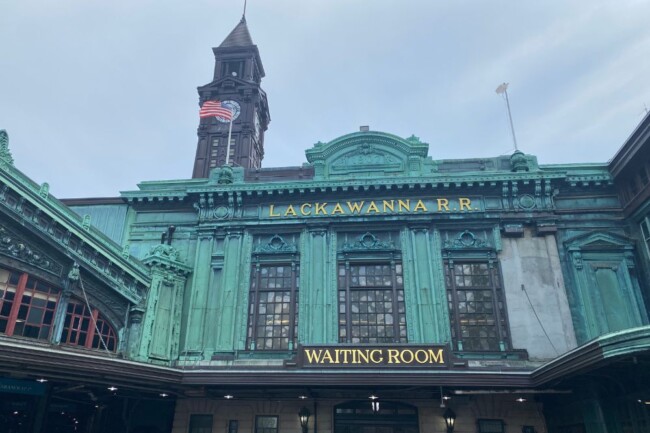When traveling, do you ever feel deja vu while passing through train stations? That’s because most train stations around the world are modeled after Hoboken’s Lackawanna station. Read on to learn how Hoboken changed train stations around the world.
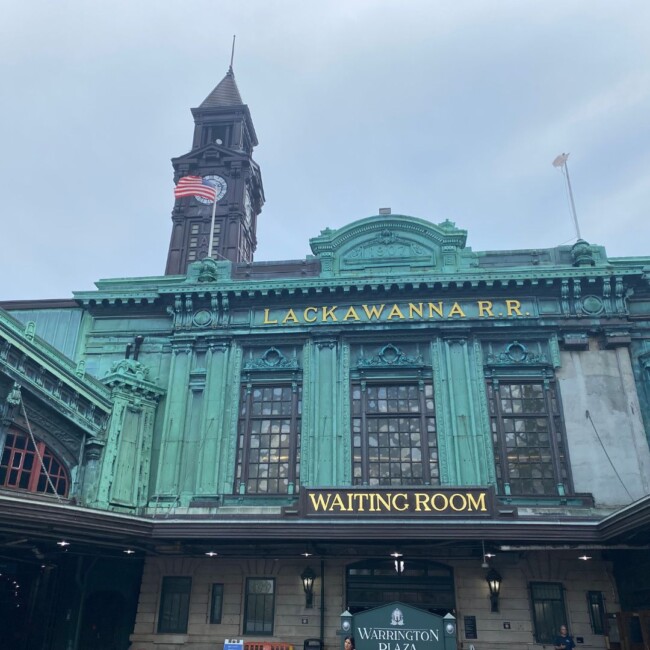
The History
In the 19th Century, trains revolutionized travel across the United States, connecting the East and West Coast. But despite the technological advancements, one looming problem persisted like a heavy cloud of smoke — that being the large amounts of smoke that the trains produced.
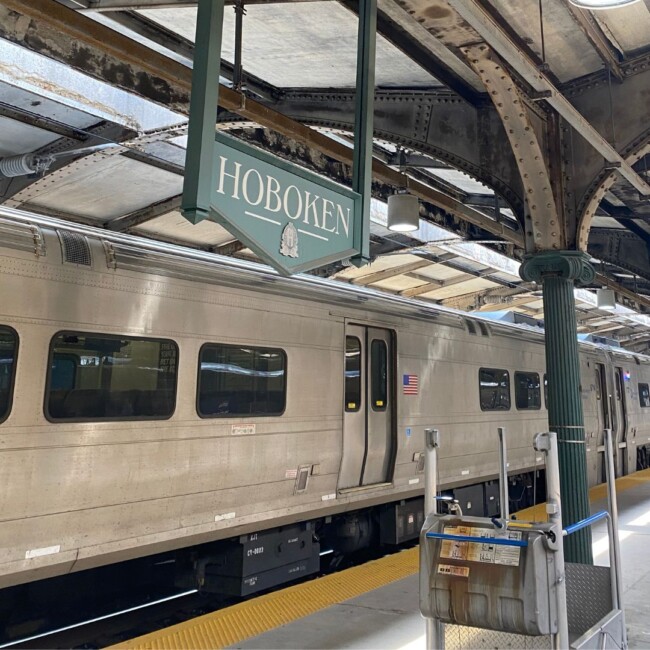
Read More: Hoboken History: The Birthplace of Baseball
The iconic image of a train billowing smoke across the West was no problem in uninhabited, rural tracts of land. But in cosmopolitan, urban centers the smoke became a public safety concern, as well as an aesthetic blight. Women’s dresses became covered in soot. Children and those on platforms coughed and covered their faces with handkerchiefs, engulfed in dangerous and unsightly clouds of smog. That was until 1903 when Lincoln Bush took a job as the Chief Engineer of the Delaware, Lackawanna, and Western Railroad in Hoboken.
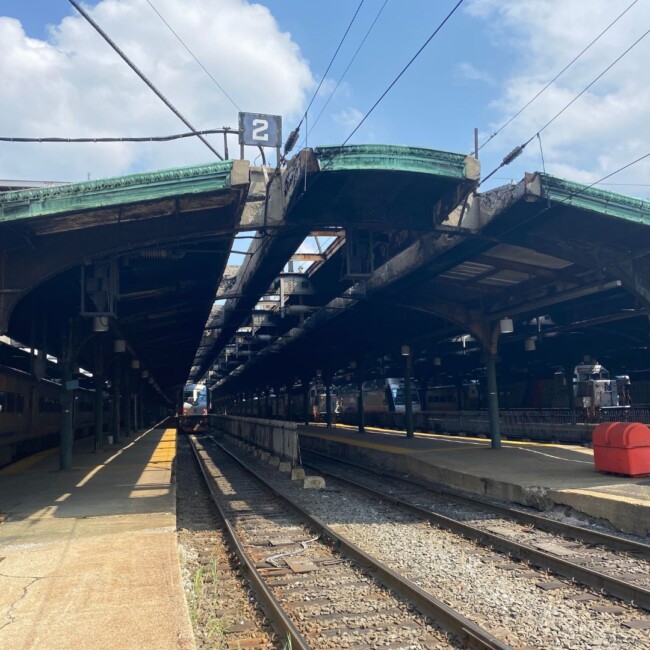
Lincoln’s Hoboken Innovations
Before Lincoln, wide-span, balloon roofs were used in most major terminals. For example, visitors to the Musée d’Orsay in Paris are familiar with the beautiful, vaulted roof of the building which had once been a train station.
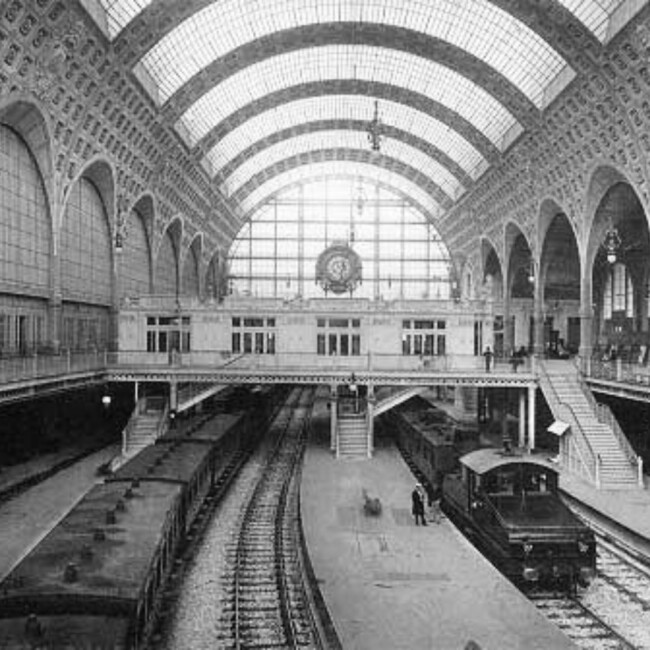
Photo Credit: Public Domain
While a station’s tall, arching roof helped alleviate some of the exhaust, it still trapped much of the smoke. Stations that did not use balloon roofs left commuters exposed to the elements on the platform, allowing rain and ice to collect. Recognizing these drawbacks, Lincoln developed and patented a train shed, which became known as a “Bush-style shed.”
The Bush-style shed protected passengers from the elements while allowing fumes and soot to escape the platform. Lincoln’s revolutionary design seems so commonplace today, that we barely notice the radical and iconic innovations.
Wrought iron columns and graceful arches held up a flat roof of reinforced concrete while glass skylights above passenger walkways illuminated the platform. Fumes and soot escaped through funnel-shaped slots in the roof above the tracks while also reducing the imposition of rain and snow. Furthermore, Bush-style sheds were cheaper and easier to construct, which led to their near-universal adoption in the years immediately following the construction of Hoboken’s Lackawanna Station.
See More: The History Behind Essex County Town Names
Lincoln’s Later Life + Legacy
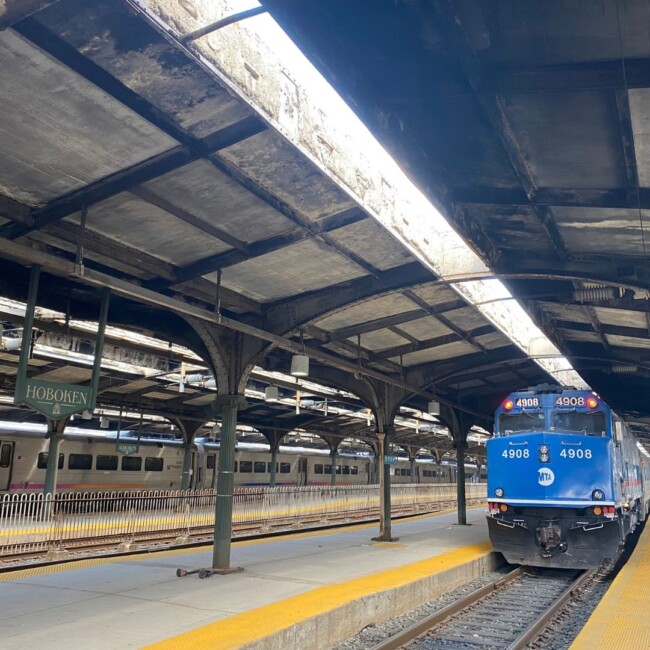
Settling in East Orange, New Jersey, Lincoln became a member of the Arlington Avenue Presbyterian Church and died in his home on December 10th, 1940. Lincoln left his mark on Hoboken’s train station, which then was emulated across the planet so that a little bit of Hoboken could be found all around the world.

